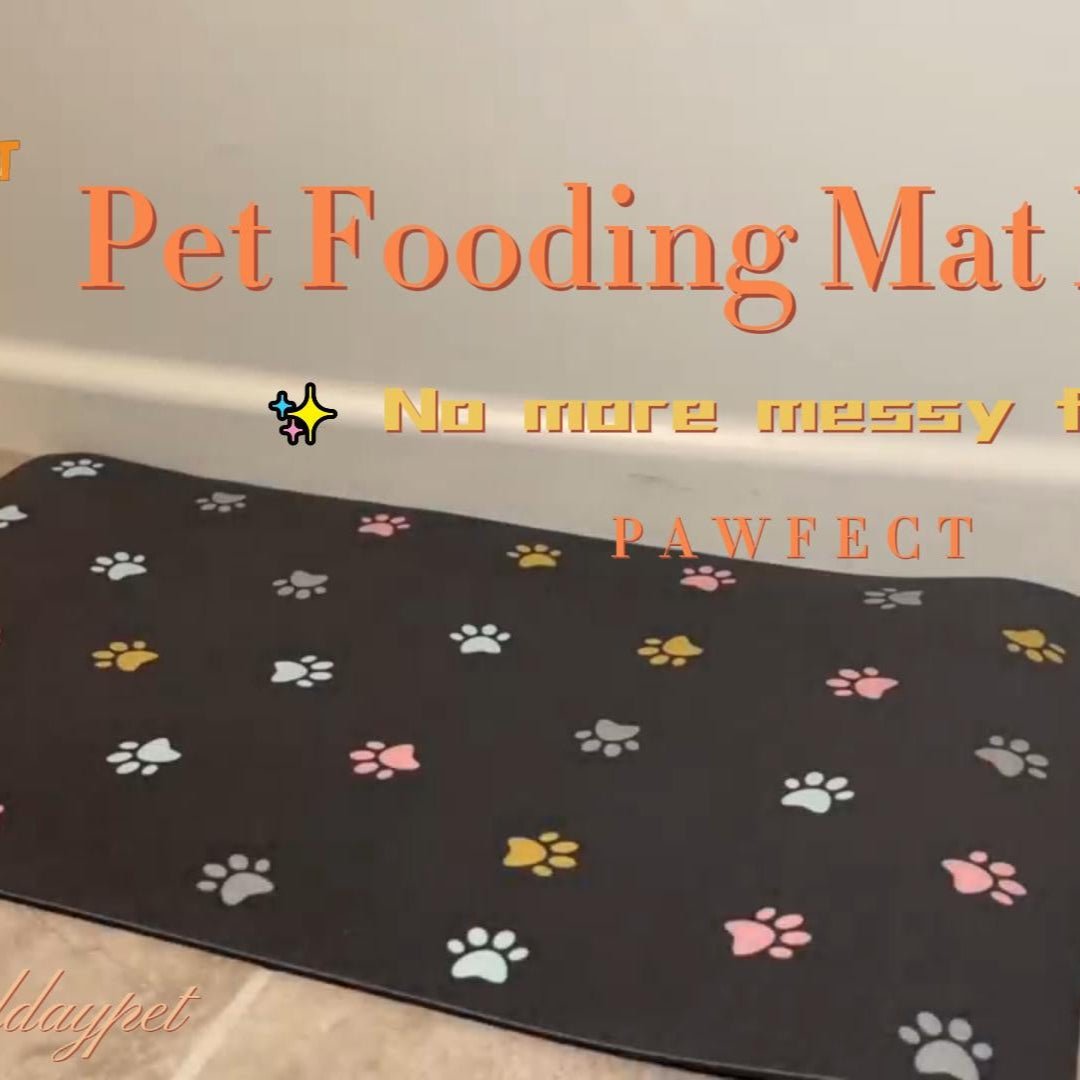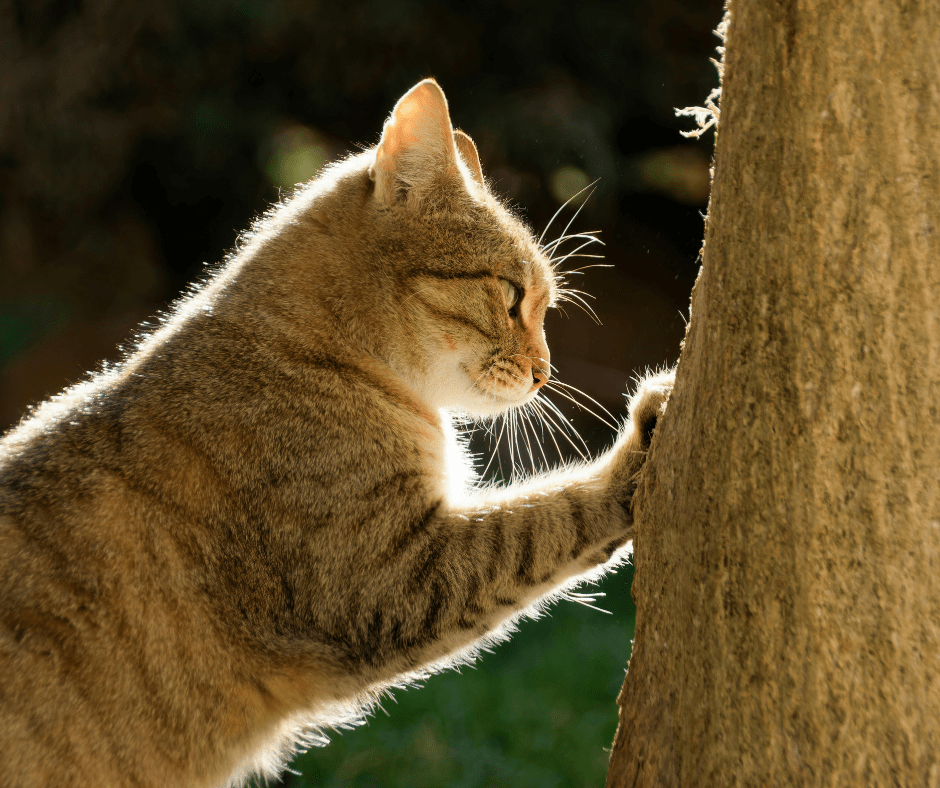






Best Cat Scratch Board & Mat: Ultimate Sisal Scratcher Buying Guide in 2025
Choosing the right cat scratch board isn’t just about appeasing your feline overlord; it’s an investment in your furniture’s survival, your cat’s well-being, and your own sanity! With countless options flooding the market – from humble cardboard pads to elaborate sisal scratcher trees and versatile cat scratch mat designs – navigating the choices can feel overwhelming. Fear not! This comprehensive guide breaks down exactly what to look for, ensuring you find the purr-fect match for your kitty’s claws and quirks.
1. Safety First: Non-Negotiables
Choking Hazards: Steer clear of scratchers adorned with small, detachable parts like beads, sequins, buttons, or loose strings. Cats explore with their mouths, and ingestion can lead to serious emergencies.
Toxic Materials: Vigilance is key! Avoid scratchers made with unknown woods, strong chemical glues, or potentially harmful dyes. Look for explicit statements about non-toxic materials and certifications (like CE, FDA compliance for pet products, or reputable brand trust). When in doubt, smell it – strong chemical odors are a red flag.
Sturdy Construction: A wobbly or flimsy scratcher is an accident waiting to happen. Ensure bases are solid, posts are securely anchored, and the entire structure can withstand enthusiastic scratching without tipping over or collapsing, preventing bumps, bruises, or worse.
2. Age Matters:
- Kittens: Need softer, easier-to-grip surfaces like corrugated cardboard. Lightweight options are safer for their smaller size.
- Adult Cats: Require durable materials like tightly woven sisal rope or thick cardboard to withstand powerful scratching sessions. Size must accommodate full stretch.
- Senior Cats: Benefit from easily accessible, low-to-the-ground scratchers. Avoid tall posts if mobility is an issue. Softer materials might be kinder on arthritic paws.
3. Durability & Value: Think Long-Term
Beware the Bargain Trap: Extremely cheap cardboard scratchers are often flimsy single layers with weak glue. They shred quickly, become ineffective, and end up costing more through frequent replacements.
Embrace Replaceable Cores: The smartest investment! Many corrugated cardboard scratchers offer replaceable inserts. When the center is shredded, simply swap in a new core, saving money and reducing waste significantly. Look for modular designs.
4. Material Mastery: Matching Texture to Taste
- Corrugated Cardboard: The budget-friendly MVP! Lightweight, satisfyingly shreddable (great for shedding old claw sheaths), and the rustling sound often attracts cats. Downside? Durability varies; it is consumable. Ideal for multi-cat households as an inexpensive, frequently replaced option. Test if your cat likes the texture!
- Sisal Rope (The Gold Standard for Sisal Scratchers): Natural, incredibly durable, and provides excellent resistance for a deep, satisfying scratch that mimics tree bark. Tightly woven, high-density sisal lasts longest. Primarily used on vertical posts and cat trees. Perfect for vigorous scratchers.
- Natural Wood (Untreated!): Cedar, pine, or birch planks appeal to cats who love scratching real wood. Crucial: Must be untreated, unstained, and unfinished – no varnishes or toxic sealants. Provides a very different texture and sound experience.
- Carpet/Fabric: Some cats prefer the softer feel. Choose tightly woven, loopless carpet (like Berber) to avoid snagging claws. Durability is lower than sisal or wood. Avoid plush carpets that encourage claw hooking.
- Leather/Vinyl: Offers a unique texture, but easily punctured and not as durable long-term. Can be expensive for the wear it receives.
- Plastic: Just Avoid It! Slippery, often creates static, generally unappealing to cats, and can potentially damage claws. Not recommended.
5. Size it Right: Fit for a Feline
- Length/Height is Paramount: For horizontal scratchers, the length should be at least 1.5 times your cat's body length (nose to tail base) – typically 50-70cm (20-28") for adults. Vertical posts need sufficient height for a full stretch (60cm/24"+).
- Stable Base: Ensure the base is wide/heavy enough to prevent tipping, especially for tall posts. For flat scratchers, a width of at least 30cm (12") provides better stability during scratching.
- Bonus Features: The Icing on the Cake
- Catnip Infusion: Many scratchers include a sprinkle of catnip in the material or a pouch. It can be a great attractant for cats sensitive to it (test first!). Look for natural, high-quality catnip.
- Dual-Purpose Designs: Cardboard "houses" or loungers that incorporate scratching surfaces are genius space-savers, catering to both napping and claw maintenance instincts.
- Non-Slip Base: An absolute essential for vertical posts and any scratcher placed on smooth floors (hardwood, tile). Silicone grips or weighted bases prevent dangerous sliding during vigorous scratching.
6. The Final Scratch
Choosing the ideal cat scratch board, sisal scratcher, or cat scratch mat requires understanding your individual cat's preferences, prioritizing safety and durability, and smart placement. By investing in a scratcher that meets their instinctive needs and fits seamlessly into their environment, you protect your belongings and provide your feline friend with an essential outlet for natural behavior, contributing to their physical and mental well-being. Observe, select wisely, and enjoy the harmony of a happy cat and intact furniture!
